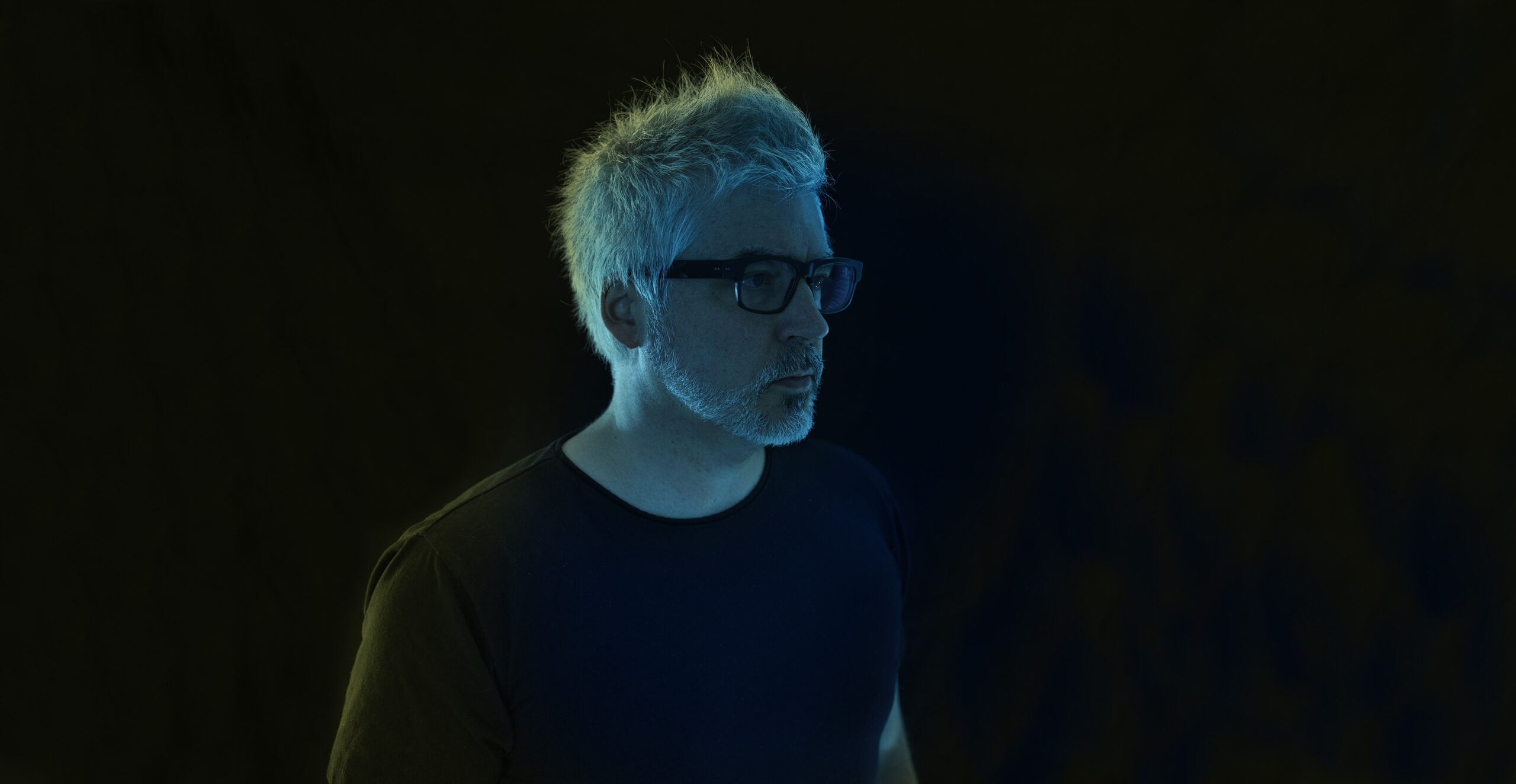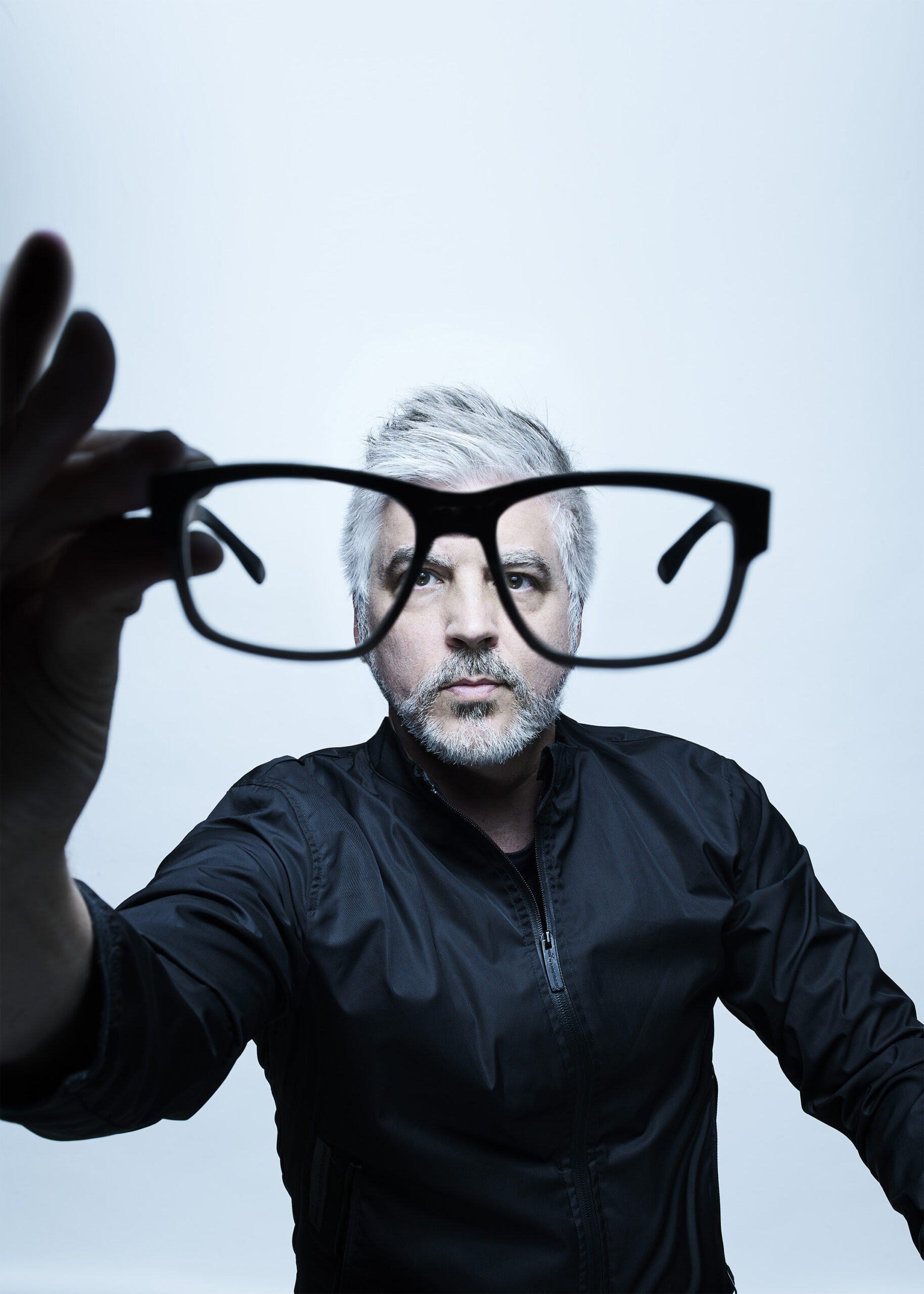Photographs by} Robert Ascroft
Interview by} John Russo
Q: Tell me about the concept for INTERVALS?
A: INTERVALS IS INTENDED TO BE PLAYED ON REPEAT. This is an important part of the project as it is shorter than most recordings of Ambient music intentionally. The goal was for these to be listened to as a whole and many people do not have the time to dedicate an hour or more to listening so this comes in right about 31 minutes.
Q: What made you choose this time in your career to do this project?
A: These troubled times we live in need moments of release or escape. INTERVALS is a recording of Ambient music made for people to slow down and take in a moment of calm. It is intended to meditative but at the same time I did not want to create spa music. I wanted it have an artistic musical sensibility that is close to avante garde music but more accessible.
Q: When you were creating this project what hopes or intentions did you aspire to create with the outcome?
A: My vision was for artists to create their work to while listening to this recording. I want lovers to spend days getting lost in each others arms with INTERVALS as a soundtrack. I also wanted people to meditate as I often did during the creation of the music. I would often blindfold my eyes so I was only listening to playback. In a way it was like sensory deprivation, which is a way to heighten the senses that are active. Having created the final work in isolation gave it a sense of hopefulness. My sincere aspiration for this project is for it to enrich people’s lives and offer respite in their day. Also to be a soundtrack to their lives. This music can be listened to with intention or as a background to daily events.
Q: How do you intertwine your Music and Photography to create one harmonious collaboration?
A: I approach both Photography and Music from a similar viewpoint. As a photographer I strive for cinematic narrative in the series of images I create. When composing music I work in a similar fashion while finding a theme and building upon it. There are similarities as well when I edit video. You take out the parts that are unnecessary with the goal of creating a reaction from the viewer or the listener. Most of the short films and commercials I have done include my own original musical score. Part of my vision is from the music and partly from the visual so they all stem from the same set of ideas.
Q: I only know you as a photographer, a very good, highly acclaimed photographer I may add, when did you start experimenting with Music?
A: I have been making music since I was a young boy. My mother taught me to play guitar at age 8. I didn’t have much patience for it at first but by the time I reached high school I was practicing on average 6 hours a day. It was this exposure to music that brought me into photography. My friends that were in bands needed pictures so I brought out my camera and did a few shots for them. I was primarily known as a music photographer for the first part of my career mainly because of that. Around 2009 I began working on some original scores for films I was shooting for the New York Times. I worked with a friend who had a home recording studio and he would help flesh out my ideas. Since then I have built a studio of my own for recording. The studio is also a retouching and video editing workstation for when we are in production on shoots.
Q: As we both know, our careers can sometimes be a nightmare. How do you keep sane and navigate thru the turbulent waters?
A: My work presents many challenges and most of the real challenges are with logistics trying to get celebrities schedules nailed down. I have to just keep to my vision and push through to make the work I know is going to be the best. I always say there are no small shoots only small minded thinking. If you think big you can create something magical in only a few minutes.
Q: I am a huge fan of your work, specifically how you light your subjects. How do you approach your lighting concepts for each shoot?
A: My approach to lighting is an ever evolving dynamic that has helped me stand out from the other photographers working in my circle. I use a cinematic and dramatic lighting style that still maintains the beauty of the subject. I am easily bored especially when it comes to seeing how lazy people can be behind the camera. It is very easy to buy a nice strobe kit and take a well exposed photograph. It is not easy at all to use these same tools and evoke an emotional response. I am trying on every shoot to challenge my own sense of how interesting I can make the lighting. It’s never ending and that is the fun part for me.
Q: If you had to give advice to aspiring photographers, what would be your key essentials to the medium?
A: First and foremost is shoot. It sounds simple but I know a lot of people who want to be a photographer but they are not creating images. Second is have a vision. There are so many photographers in the world now and you will never be noticed unless you do something above and beyond what others are doing. Third is you must have another source of income. Unless you have a trust fund you will need a way to support yourself. There are only a small percentage of photographers working today who can live only off their earnings as a photographer. Don’t’ only do assigned work as you will never grow in your art that way. Fourth is be kind to people. You never know who will end up where and if you want to survive you have to build relationships and maintain them. Fifth is to transcend and carry on. You will hit obstacles that will seem insurmountable but I assure you if you keep at it there will be successes along the way.
To learn more about Robert and his work log onto: http://Robertascroft.com



